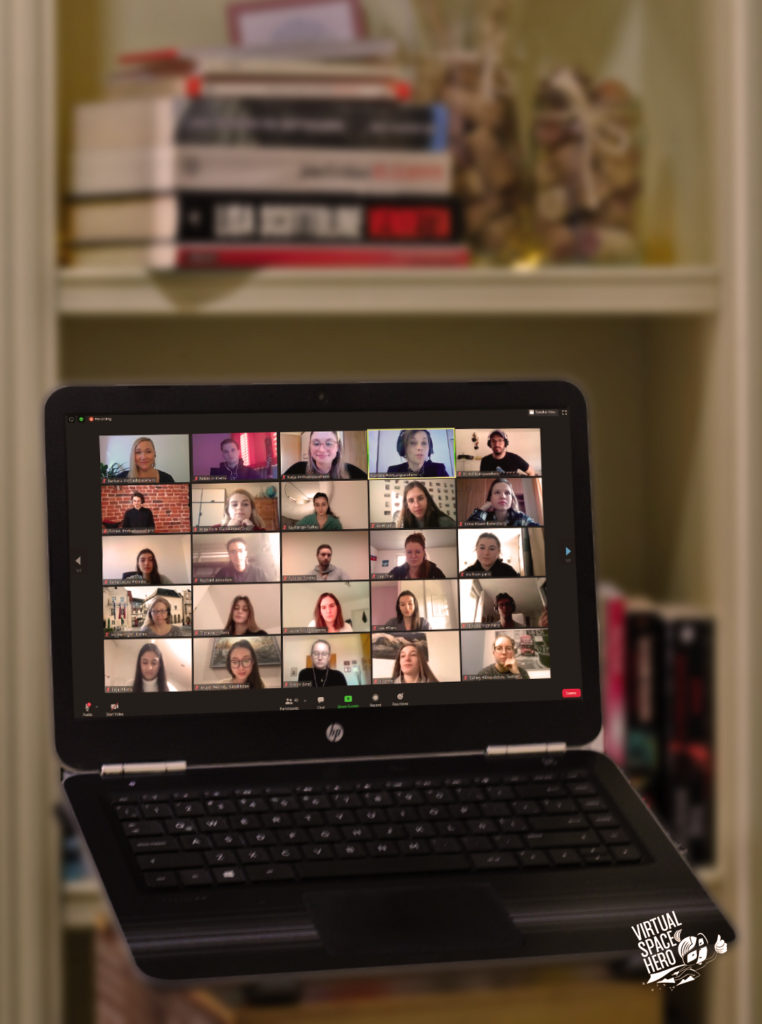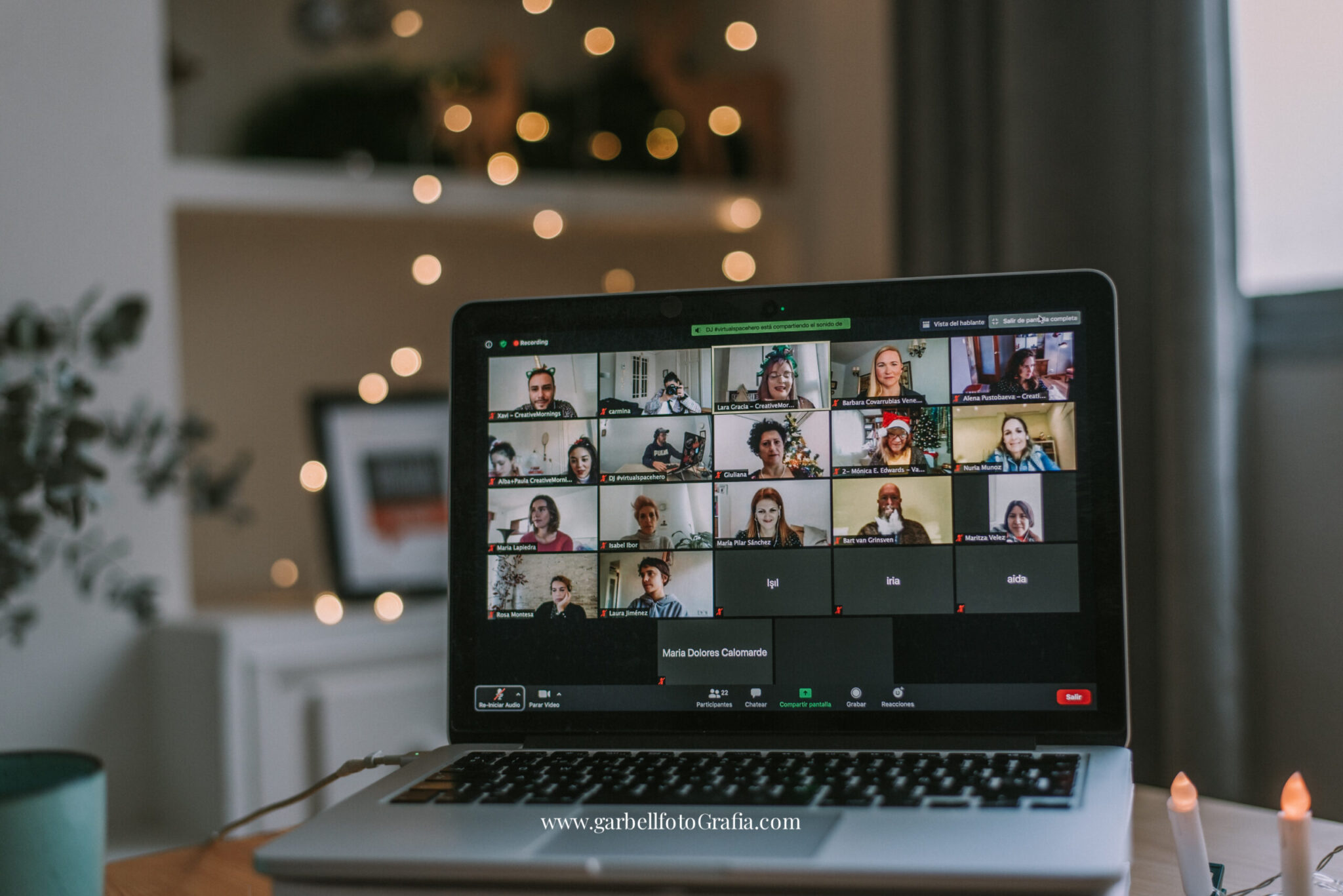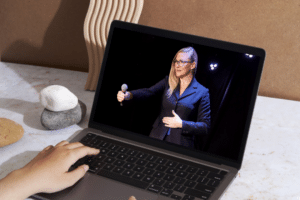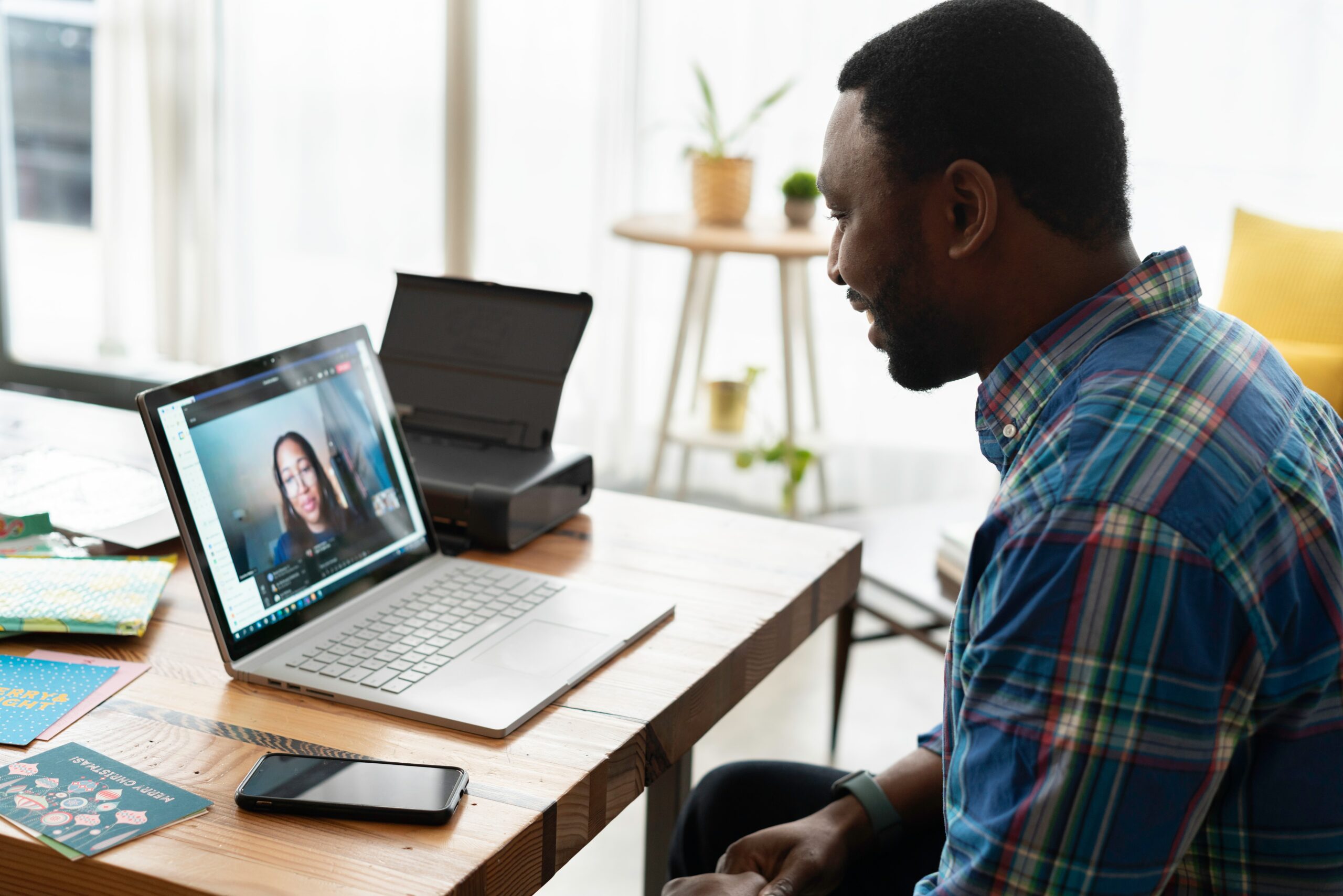Whether it’s an online meeting, a presentation via webinar, or live online training, engagement is the main question on everyone’s mind: Will it be worth my time to attend, or will it be an opportunity to check emails instead? Interaction is the answer to successful engagement, and using the features of the platform is the key to interaction. However, the features alone do not engage the participants. It is what you choose to do with those features that will make the difference in your next virtual training, webinar, or meeting.
This blog article recaps the main arguments from a LinkedIn Live with Kassy LaBorie (Virtual Classroom Master Trainer) and Barbara Covarrubias Venegas (Founder #virtualspacehero) about using breakout rooms to facilitate engagement online.

Kassy LaBorie is the founder and principal consultant at Kassy LaBorie Consulting, LLC. She is a virtual classroom master trainer, that is, she specializes in developing trainers to be engaging and effective when facilitating programs in platforms such as Zoom, WebEx, Adobe Connect, and more. She has worked with many Fortune 500 firms in a wide range of industries and sectors.. She also trains and coaches producers, the virtual classroom trainer’s partner in effective facilitation, as well as instructional designers tasked with creating or converting content for virtual classroom delivery.
In short, Kassy has over 20 years of experience in passionately helping organizations, learning teams, and training professionals successfully move to the virtual environment.
What are important aspects to consider when planning breakout rooms, before – during, and afterwards?
Activities in breakout rooms need to be planned carefully. A few aspects need to be considered for them to be effective. The participants can only truly benefit from the time in the breakout rooms if the activities are well organized and thought through.
✨ Make sure that it will help you to reach the course/task objectives
Certain activities do not necessarily require the participants to be put in breakout rooms. The same result might be reached by having the participants contribute via chat, for example. Once the need for a breakout room is established, the planning can begin.
✨Create a pleasant working/learning environment. Most people will only openly share their thoughts and ideas with a group if they feel comfortable. Of course, this strongly depends on the type of event. Maybe it is a workshop for a company, and everybody knows each other already. But it might also be the case that strangers need to work together during a one-day seminar, for example. As a virtual facilitator/trainer, the most vital aspect to consider here is the importance of making everybody feel recognized and seen. Even if it is an event with a bigger number of participants, it will pay off to invest some time into that. Making sure you can see the entire participant list, getting as many people as possible on camera, using the participant´s name and, learning to pronounce them correctly, are very effective ways to convey that to everybody.
✨ Give clear instructions (on the activity and its technological aspects). Before sending anyone into breakout rooms, you need to be clear about what you want the participants to do and how they should do it. Kassy brought up an effective way how to do exactly that.
Firstly, it is helpful to provide the participants with written handouts that include instructions about all the aspects of the event and have them download them beforehand. This comes in especially handy because, on most platforms, the information from the main chat cannot be accessed from the breakout rooms, so the information gets lost. Therefore using handouts, and/or visuals will possibly save you from having to repeat the same instruction more times.
Secondly, having the activity aspects and the technical aspects of the instructions delivered by two different persons might make them easier to take in for the participants. If possible, the trainer/facilitator should focus on explaining the activity and giving some background about why it is carried out in a small group, while a producer or co-facilitator provides the needed technological information.
✨ Make sure the move to the breakout rooms went smoothly. Once everyone seems to be in the right breakout room, make sure that everybody is actually where they need to be and that it is clear what they are expected to do. This prevents participants not doing anything in the breakout rooms because they are confused or because there was a simple misunderstanding.
✨ Plan enough time for each activity. Having the participants rush through each assignment or discussion will not benefit anyone in the long run. Make sure you give them enough time to complete the planned work.
✨ Debrief. This might neither be needed nor possible after every single activity. Just like at in-presence events, depending on its size, not every participant needs to speak up after every group work. If you feel a debrief is needed, but there is not enough time for everyone to speak, it might be effective to have only one person per group speak. Assigning a group leader might work wonders if there are no volunteers. Consider also that another person in the group might also need to take notes during the activity.

What group size is recommended?
The group size, as well as the ideal time spent in the breakout rooms, strongly depends on the specific activity and its objective. A good rule of thumb would be between 5 minutes and 10-15 minutes per activity and approximately 3-5 people per breakout room. Sometimes it even makes sense for people to be in a breakout room alone when working on a bigger assignment.
Another factor that can help you determine a good group size for an activity is the attention that you are expected to give to every participant. More but smaller groups make it easier to work with participants individually if needed. If there are a lot of groups, it would certainly also make sense to get the producer or co-facilitator to help with checking on every group.
“ What I have learned from taking part in virtual events as a participant is that often, us trainers/facilitators think that these events are all about us. In reality, they should be all about the participants and about their experience. So I always focus on making sure that the instructions are clear and that they are given enough time for the activities. But most importantly, I try to make the activities as useful for their real lives as possible.” (Kassy LaBorie)
How can we use breakout rooms for individual work vs. group work?
There are practically unlimited ways of using breakout rooms. Some of the most effective ones, that were discussed in the LinkedIn Live are:
🔥 Concept Analysis. The participants are given a list of quotes on a certain topic. In the breakout room, they need to analyze them with the help of the previously shared concepts. Finally, the goal of this activity is to find applicable connections between the concepts and the participant´s daily work life.
🔥 Reflection. This activity should make the participants reflect on what they have learned during the event. For example, they could get a list of tips on the treated topics, and it can be discussed which ones are the most valuable and effective.
🔥 Collaboration. The goal here is for the participants to build out an idea or project and present their results after. This is probably the type of activity that is used the most by educators and facilitators. How big or small the groups are can easily be adjusted for each activity. For work where no individual supervision is needed, this type of activity still allows for some type of supervision of the groups.
🔥 Roleplay. Roleplays are a great way for participants to apply what they have learned. Different scenarios can be played through changing roles. What is important to note is that these conversations should be as natural and as close to real-life conversations as possible. Otherwise, roleplays can lose their efficiency.
🔥 Independent work. Sending participants into breakout rooms alone to work on an assignment is an opportunity that is often overlooked. It is a great way to allow the participants or students to be productive while being able to keep an eye on everyone. Where individual help is needed, it can be easily provided without disrupting the workflow of the others.
“As a researcher and professor, I like using one breakout room per person when talking about research questions. Each student works on their research question after I have explained to them how to formulate it properly. It is nice because they are being very concentrated while being alone in a room.” (Barbara Covarrubias Venegas)
🔥 Coaching. Being coached in front of a group, especially in front of a big one, can be very unpleasant. So to make it more enjoyable and effective for everyone, doing it in small groups, or individually might be better.
Breakout rooms can be a great resource for facilitators and participants of any event. Keeping these tips in mind will help you to increase overall event participation. Furthermore, great breakout activities will be unforgettable to the participants and make every event extraordinary.




